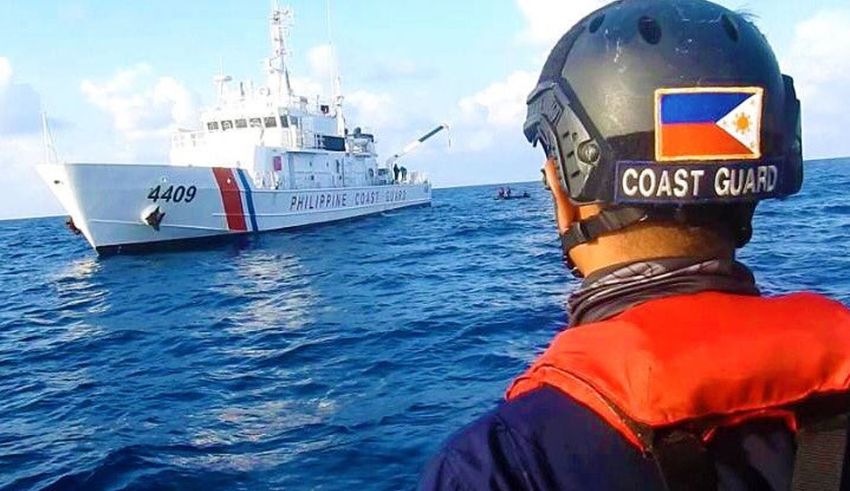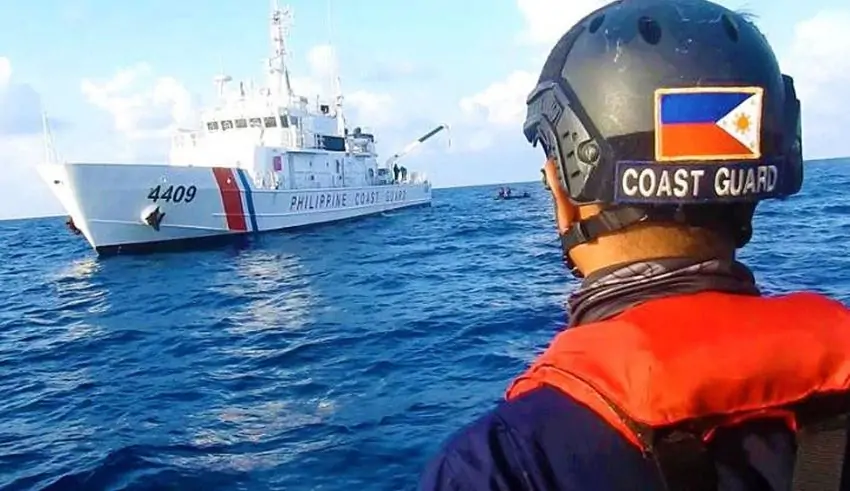

(C) BusinessWorld Online
The South China Sea is a strategic and resource-rich waterway that is claimed by several countries, including China, the Philippines, Vietnam, Malaysia, Brunei, and Taiwan. China claims almost the entire sea, based on its historical rights and its nine-dash line, which was rejected by an international tribunal in 2016. The other claimants base their claims on the United Nations Convention on the Law of the Sea (UNCLOS), which grants them exclusive economic zones (EEZs) and continental shelves within 200 nautical miles from their coasts.
The dispute over the South China Sea has been a source of tension and conflict for decades, as the claimants have engaged in various actions and activities to assert and defend their interests, such as building and militarizing artificial islands, conducting naval and air patrols, and holding joint exercises with their allies and partners.
The dispute has also drawn the involvement and attention of the United States, which is not a claimant but has vital interests and obligations in the region, such as ensuring the freedom of navigation and overflight, maintaining the regional stability and security, and supporting its allies and partners.
The US and the Philippines have a long-standing and strong alliance, which dates back to 1951, when they signed the Mutual Defense Treaty (MDT), which commits them to defend each other in case of an armed attack on their territories, armed forces, public vessels, or aircraft.
The alliance also includes other agreements and arrangements, such as the Visiting Forces Agreement (VFA), which allows the US to station and rotate its troops and equipment in the Philippines, and the Enhanced Defense Cooperation Agreement (EDCA), which allows the US to access and use Philippine military bases and facilities.
The alliance between the US and the Philippines is a key component of their strategy and cooperation in the South China Sea, where they share common concerns and interests, such as countering China’s assertiveness and expansionism, upholding international law and order, and protecting their sovereignty and territorial integrity.
The US and the Philippines have conducted various joint actions and activities in the South China Sea, such as conducting freedom of navigation operations (FONOPs), holding joint military exercises, providing mutual assistance and support, and issuing joint statements and declarations.
The question of whether the Philippines is a US proxy in the South China Sea is a complex and controversial one, as it involves various factors and perspectives, such as:
Therefore, the answer to the question of whether the Philippines is a US proxy in the South China Sea is not clear-cut or definitive, but rather subjective and debatable, depending on how one defines, measures, and assesses the concept and the reality of proxy.
The fifth prisoner exchange took place on 6 May 2025 between Russia and Ukraine involving 205 prisoners and it is…
Established in the year 1921 and it still continues to showcase the legacy of this game through generations. This ‘Emperor’s…
The NBA Playoffs of 2025 would have much perdition during the matches of the second round. In the East, the…
Jimmy O.Yang, the Asian standup comedian established his name in the international stage and he is more popular among the…
Bill Gates of the Bill & Melinda Gates Foundation declared during the Philanthropy Asia Summit on May 5, 2025 that…
The game changer of the Netflix streaming is the South Korean nail biting survival thriller web series “Squid Game” and…
This website uses cookies.
Read More